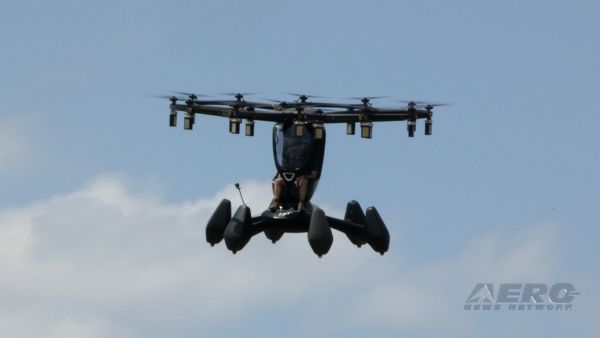AOPA is urging the
White House OMB to reject a pending FAA rule that, as written, is
extremely detrimental to operators of turbine general aviation
aircraft. AOPA believes the proposed Domestic Reduced Vertical
Separation Minima (DRVSM) rule unrealistically compresses the
implementation timeframe and could ground or severely restrict the
practical usage of thousands of turboprop and jet GA aircraft.
The FAA's plan for DRVSM would reduce the vertical separation
minima from 2,000 to 1,000 feet for aircraft operating between
Flight Level (FL) 290 (29,000') and FL410 (41,000') in domestic
airspace. OMB reviews proposed federal rules for their economic
impact.
The FAA wants to implement DRVSM by December 2004. Even if the
agency is able to publish a final rule by the end of September
2003, aircraft owners and the FAA would have only 15 months for
equipment installation and certification in over 15,000
aircraft.
"The economic impact for GA operators is immense," said AOPA
Vice President of Regulatory Affairs Melissa Bailey.
In AOPA's letter to OMB, Bailey points out that in many cases,
the cost of equipage exceeds the value of the airframe. In
addition, the rule will require turboprop aircraft to carry two
RVSM-capable altimeters, solely so that the U.S. rule will be
"harmonized" with international rules.
"While the percentage
of turboprop aircraft currently operating in the flight levels (FL)
290 - 410 is not statistically large, domestic RVSM requirements
should not be dictated by Canadian, Mexican or other international
civil aviation authorities or standards," she wrote. "Most US-based
turboprops are used for domestic travel; not international, and it
is AOPA's position that operators should retain the ability to
decide how their aircraft will be equipped; not the federal
government."
In addition, Bailey notes that the FAA can only process a
maximum of 3,000 field approvals in a year. "Even if the FAA
conducted only DRVSM field approvals for the next year, (which is
impractical) it would still leave thousands of airframes
noncompliant," banned from the DRVSM flight levels, and unable to
take advantage of the lower operating costs at those altitudes.
"AOPA is also concerned that this rule was issued without the
support of several key industry participants," said Bailey. "In
early 2001, the FAA had achieved industry-wide consensus for phased
implementation. Now they're reneging on the consensus plan in favor
of an unrealistic, virtually unattainable goal."
The phased implementation strategy (FL350-FL390 by December 2004
and full implementation no sooner than December 2006) favored by
AOPA and agreed to by industry and the FAA will allow the FAA and
operators the time needed to comply with the requirements of RVSM
airspace.
Rep. Donald Manzullo (R-Ill.), Chairman of the House Committee
on Small Business, recently echoed AOPA's concerns about errors in
the proposed DRVSM rule. He urged OMB to return the final rule to
the FAA for reconsideration of small business impacts and
alternatives to full DRVSM implementation in December 2004.
AOPA acknowledged that
DRVSM is an important piece of the puzzle for increasing airspace
capacity. But in AOPA's letter to OMB, Bailey said, "The FAA must
consider all airspace users when implementing new programs or
strategies.
"Because of DRVSM's importance to the user community, it is
incumbent upon the FAA to do everything within its power to ensure
its benefits are realized with a minimal impact. As a result, AOPA
recommends that the FAA pursue a phased implementation strategy and
extend the deadline for total compliance to at least December
2006."
 ANN's Daily Aero-Term (04.20.24): Light Gun
ANN's Daily Aero-Term (04.20.24): Light Gun Aero-News: Quote of the Day (04.20.24)
Aero-News: Quote of the Day (04.20.24) ANN's Daily Aero-Linx (04.21.24)
ANN's Daily Aero-Linx (04.21.24) Aero-News: Quote of the Day (04.21.24)
Aero-News: Quote of the Day (04.21.24) ANN's Daily Aero-Term (04.21.24): Aircraft Conflict
ANN's Daily Aero-Term (04.21.24): Aircraft Conflict


